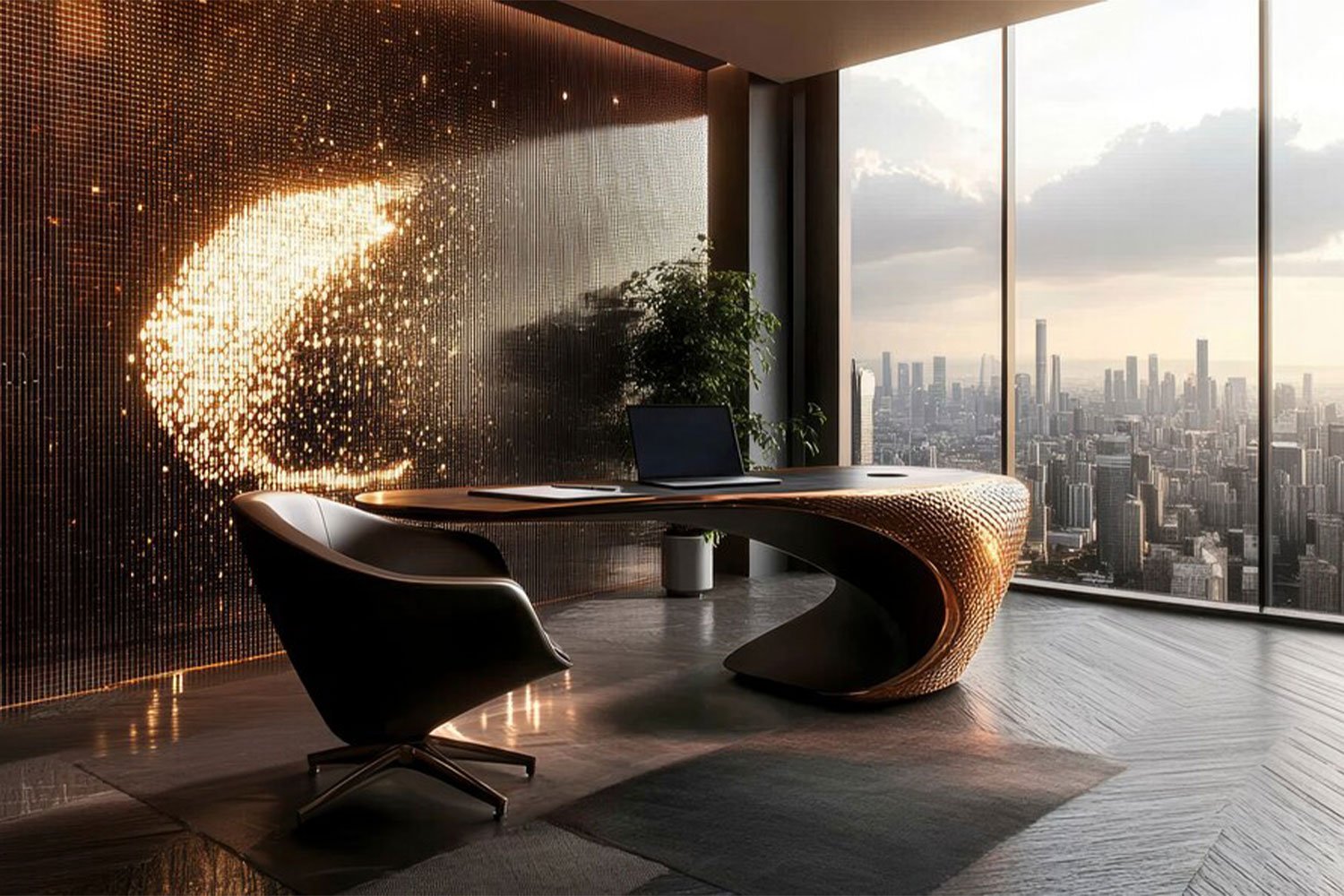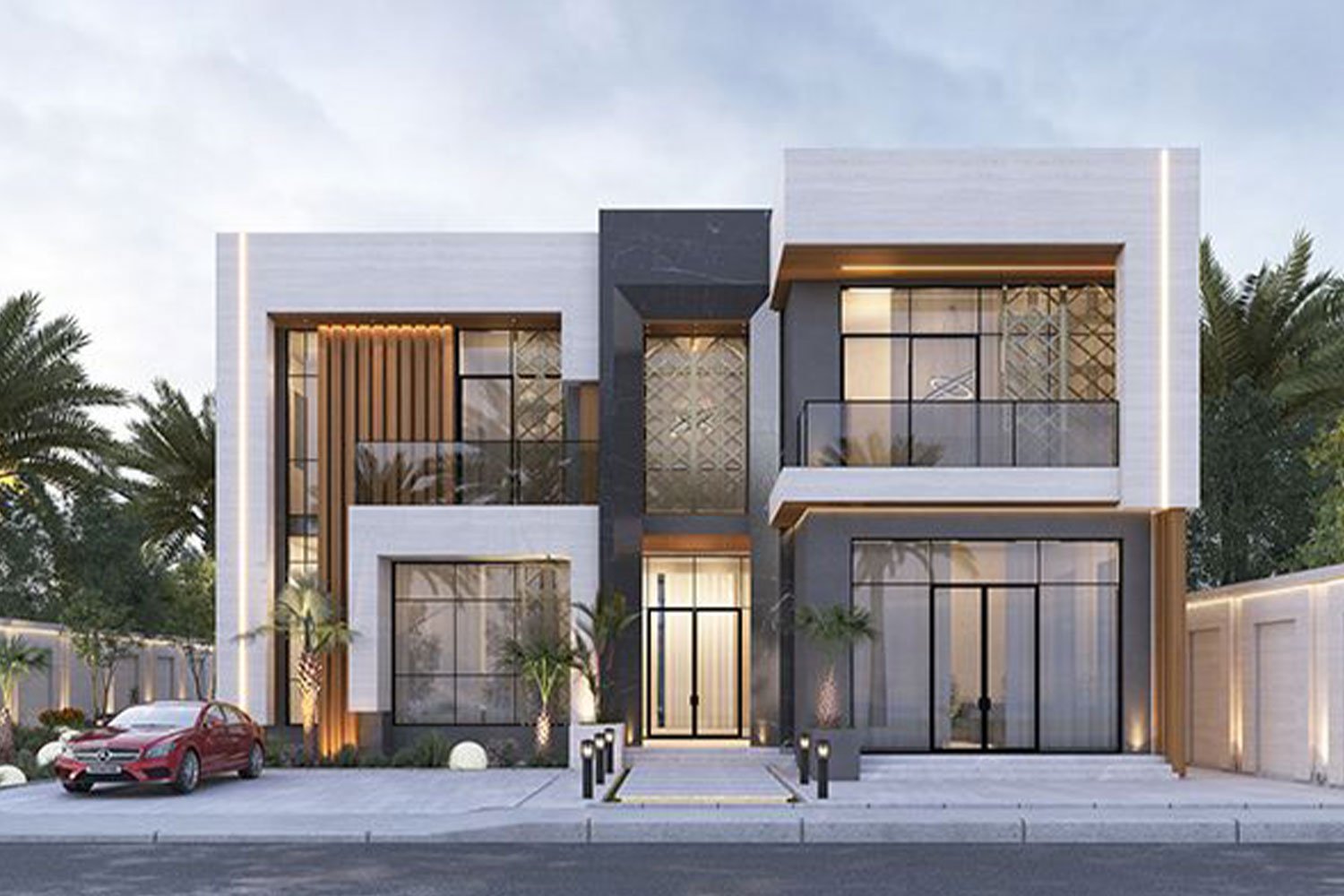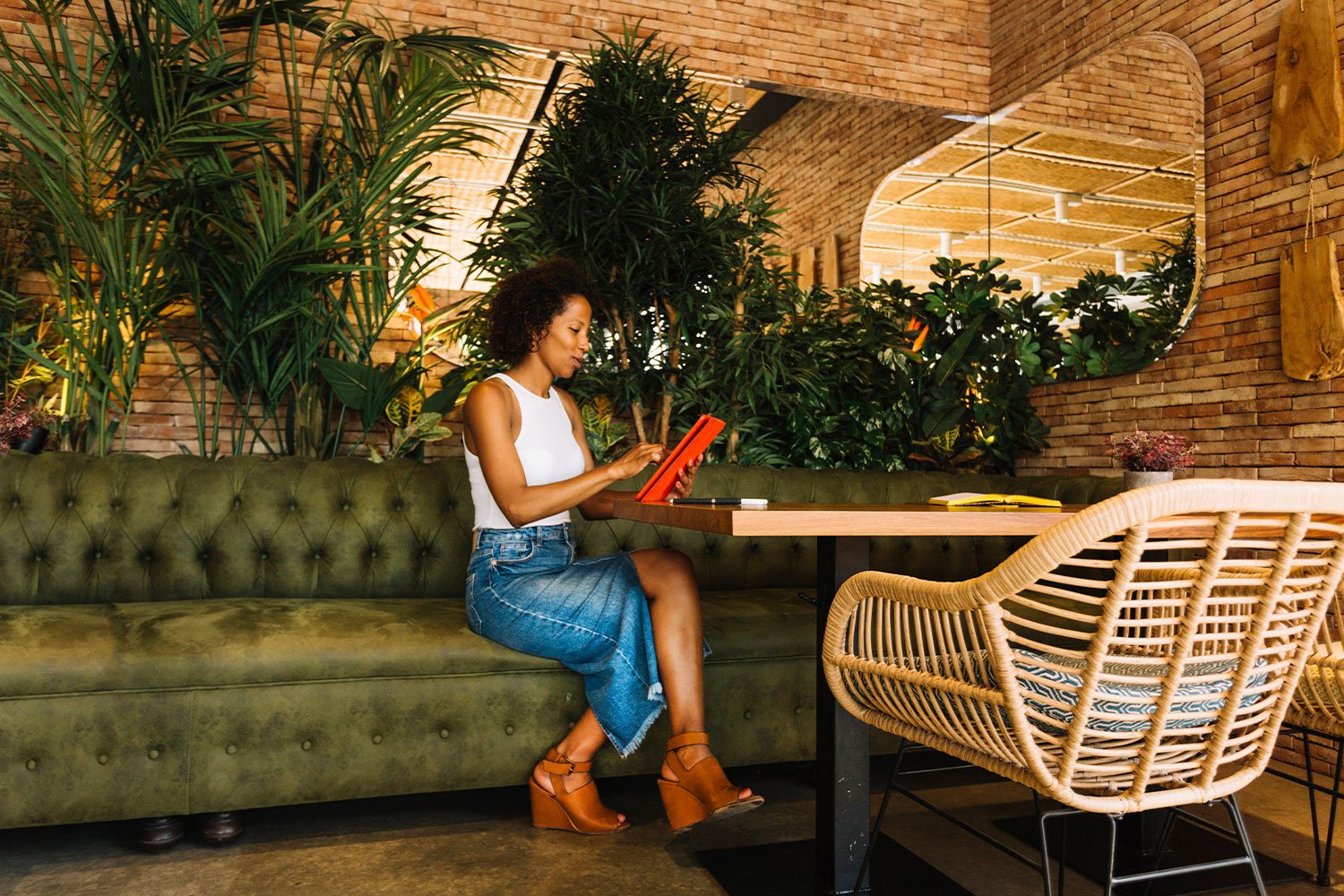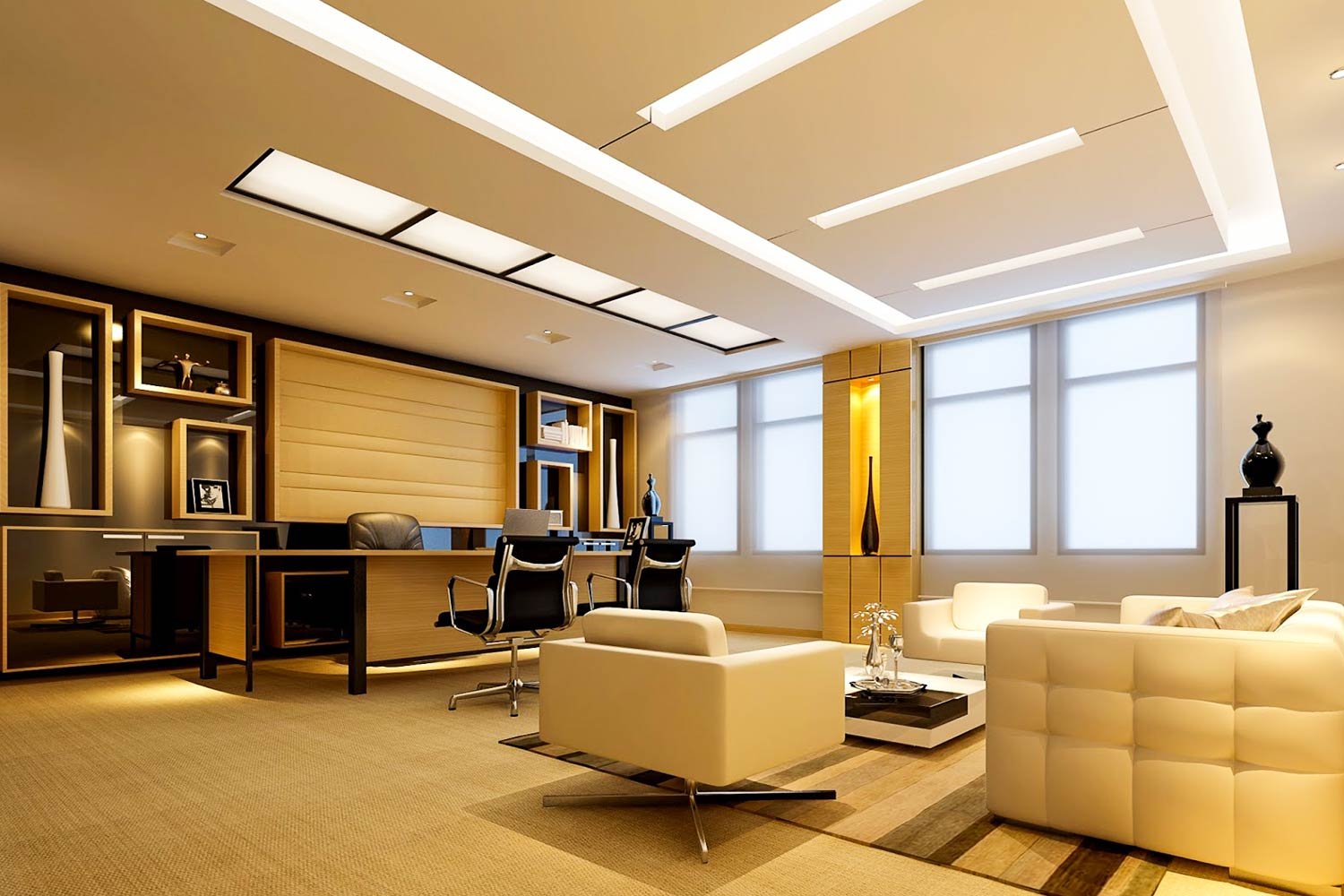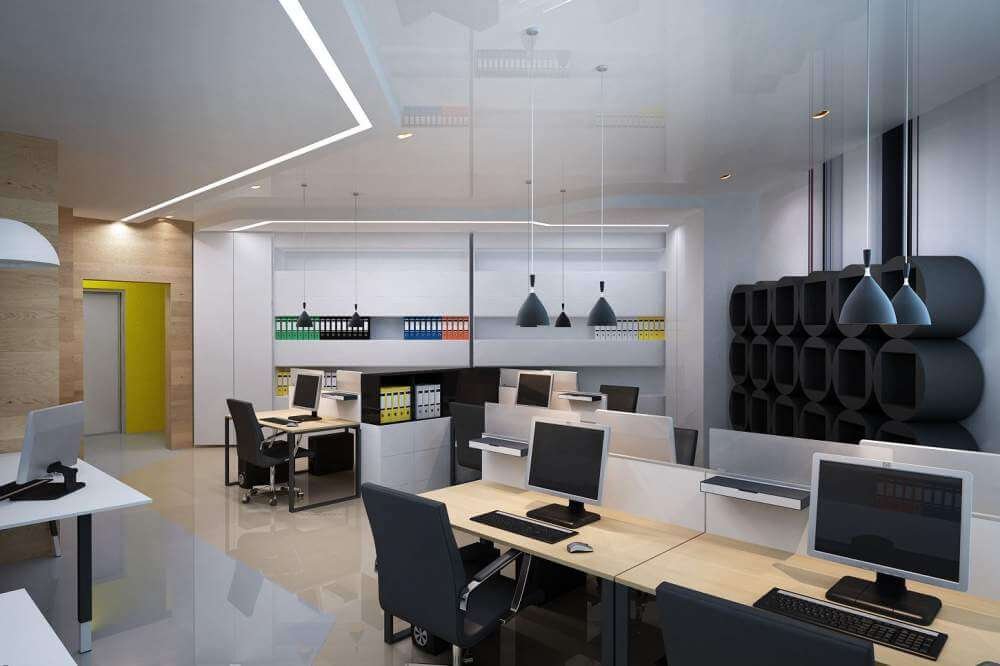Dubai is renowned for its luxury, innovation, and architectural marvels, making it a hub for exceptional interior design. Whether you’re looking to revamp your home, office, or commercial space, choosing the right interior company is crucial. With a plethora of options, it’s essential to know which firms stand out. In this blog, we explore the best interior companies in Dubai that are redefining spaces with their creative and bespoke designs.
What Makes a Top Interior Company in Dubai?
When searching for the best interior companies in Dubai, several factors set the top firms apart:
- Innovative Design Approach: Leading companies use a blend of creativity and functionality to deliver spaces that not only look stunning but also serve the purpose effectively.
- High-Quality Materials: The best firms prioritize using premium materials to ensure durability and a luxurious finish.
- Customer-Centric Services: Exceptional customer service, transparent communication, and tailored solutions are hallmarks of top interior companies.
- Experienced Teams: A team of skilled designers, architects, and project managers with a portfolio of successful projects across residential and commercial sectors.
2. Why Choose the Best Interior Companies in Dubai?
Selecting one of the best interior companies in Dubai ensures that your project is handled by experts who are committed to excellence. These firms have a proven track record of delivering projects on time and within budget, all while exceeding client expectations. Their expertise covers a wide range of styles, from modern minimalist to opulent luxury, making them the perfect choice for any design preference.
3. Top Interior Design Trends in Dubai for 2024
Staying ahead of design trends is essential for any top interior company. Here are some of the latest trends shaping interiors in Dubai:
- Sustainable Designs: Eco-friendly materials and sustainable practices are at the forefront, reflecting a global shift towards greener living.
- Smart Home Integration: Incorporating the latest technology into interior designs, such as smart lighting and automated systems, for enhanced convenience and energy efficiency.
- Biophilic Elements: Bringing nature indoors through the use of plants, natural light, and organic materials to create serene and healthy environments.
- Bold Colors and Textures: The use of vibrant hues and rich textures adds depth and character to any space, making a bold statement.
4. How to Choose the Best Interior Company for Your Project
To select the right interior company for your project, consider the following steps:
- Check Portfolios: Review the company’s past projects to ensure their style aligns with your vision.
- Read Reviews: Client testimonials and online reviews can provide insights into the firm’s reputation and service quality.
- Consultation: Schedule a consultation to discuss your ideas and gauge the company’s ability to bring your vision to life.
Elevate Your Space with the Best Interior Companies in Dubai
Choosing the best interior company in Dubai can transform your space into a masterpiece that reflects your personality and meets your needs. Whether it’s a luxurious home makeover or a stylish office renovation, these top firms offer the expertise, creativity, and dedication required to achieve outstanding results. Don’t settle for less—partner with the best interior companies in Dubai and watch your dream space come to life.
